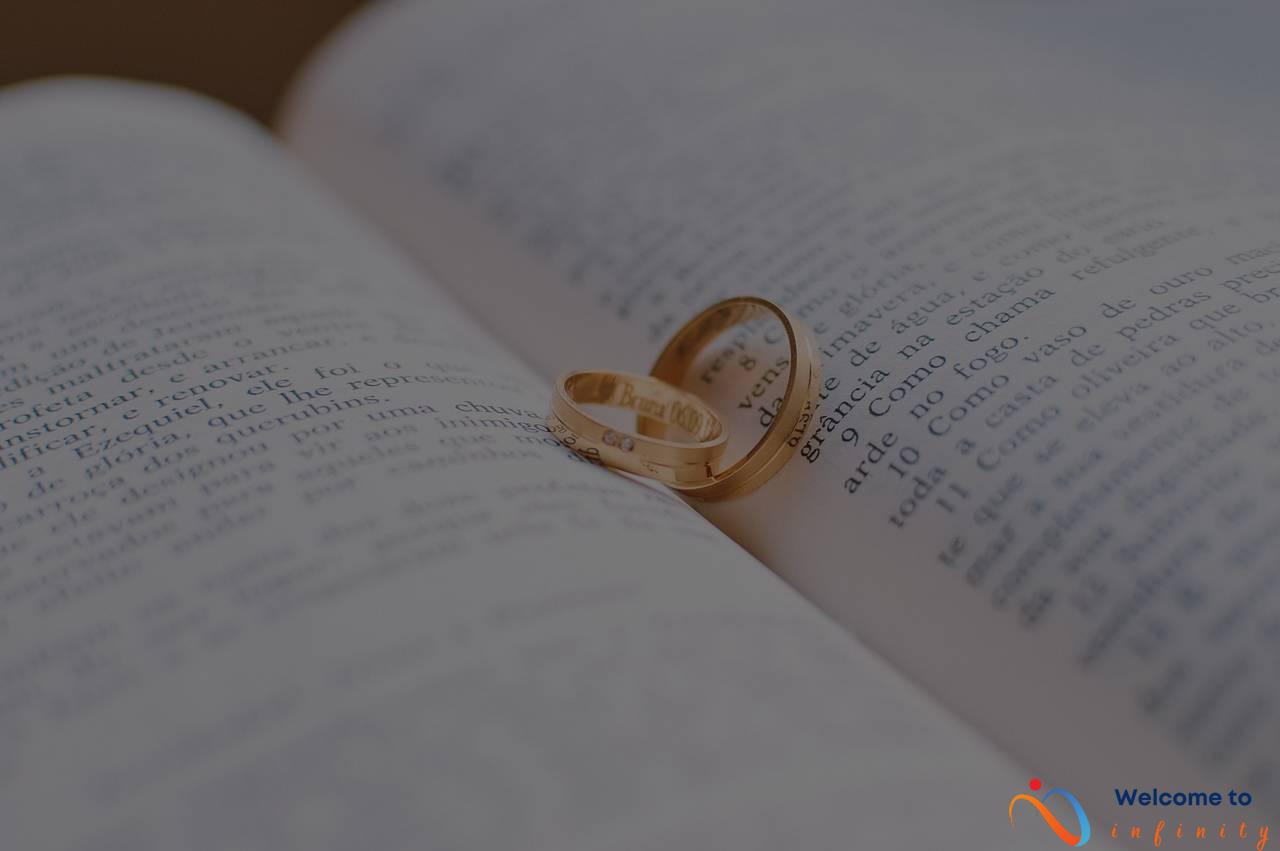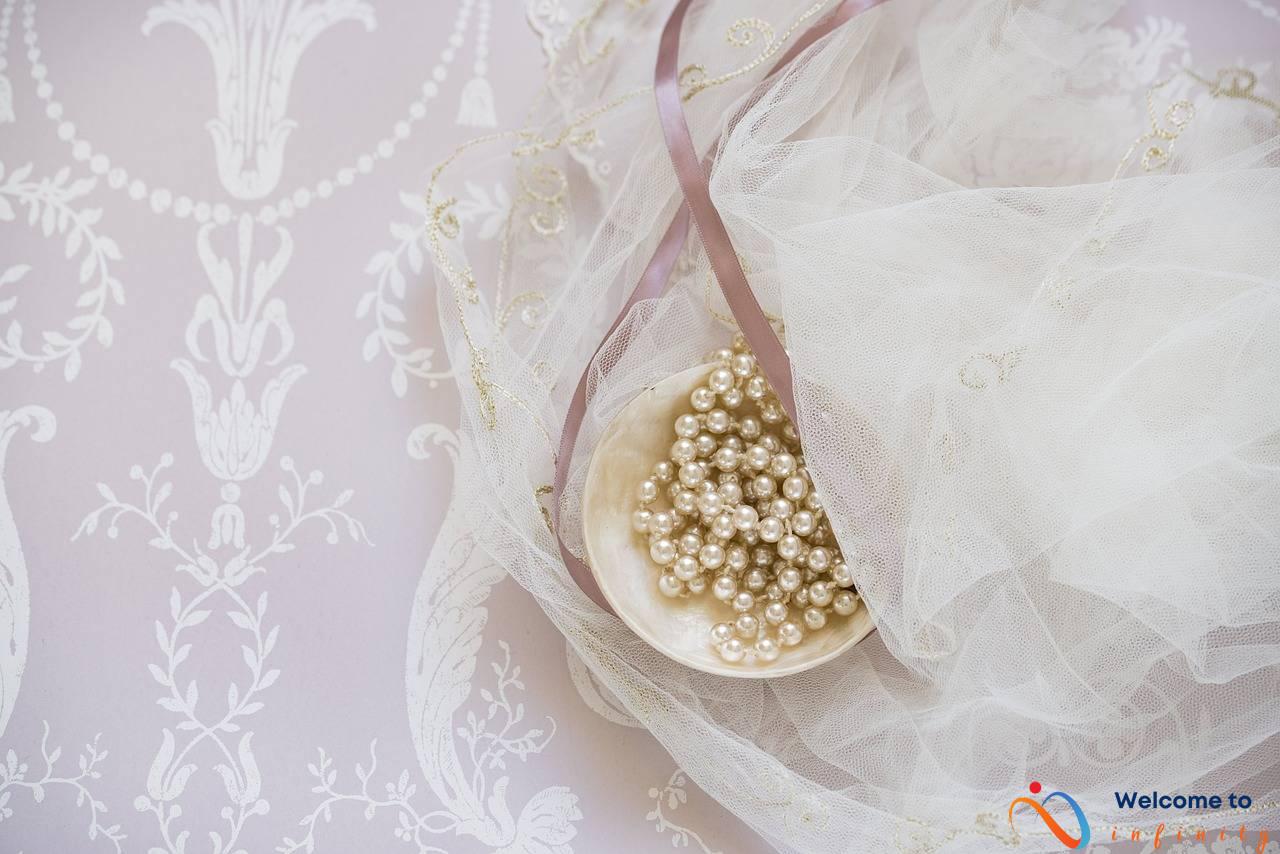Are you planning an event and feel lost in the overwhelming number of options for printing your invitations? Fear not! With this guide, you'll learn how to choose the perfect printing technique for your invitations.
The first thing to consider when selecting a printing technique is the event you're planning. Formal events, such as weddings, may call for letterpress, engraving, or foil stamping, while a casual party may opt for digital printing. The printing technique you choose should complement the formality or informality of your event.
Next, consider the different printing techniques and what they offer. Letterpress creates a classic and elegant look by creating a deep impression on thick paper with a plate that is inked and pressed into the paper. Engraving, on the other hand, uses a copper plate onto which text and design are etched, producing a raised text with crisp lines. Foil stamping uses metallic or pigmented foils to create a shiny finish on the paper, perfect for highlighting text or graphics. Digital printing, although the most cost-effective option, offers designs that can be printed in any color on any paper, which makes it perfect for casual events and designs with lots of color.
The paper type is another crucial factor to consider when choosing a printing technique. Some techniques work better on thicker or textured papers, while digital printing can work on any type of paper. Additionally, you need to factor in your budget. While letterpress, engraving, and foil stamping produce beautiful results, they may not be practical if you're on a tight budget.
To ensure that you choose the best option for your invitations, sample different printing techniques and paper types beforehand to see how they look in person. Work with a reputable printer to ensure that your invitations are printed perfectly. With these tips, you're guaranteed to choose the ideal printing technique for your invitations and make a lasting impression on your guests.
Consider the Event
When choosing the printing technique for your invitations, one important factor to consider is the type of event you're planning. The kind of event you're hosting can have a significant impact on the type of invitation you select.
For a formal event such as a wedding, you may want to consider letterpress or engraving as your printing technique of choice. These printing techniques have a timeless and elegant look that complements the formality of such an occasion. Engraving, in particular, produces raised text with crisp lines and is commonly used for formal events.
On the other hand, if you're hosting a casual party, digital printing may be the perfect option for you. Digital printing allows for designs to be printed in any color on any paper, making it a versatile and cost-effective choice for invites. It's also ideal for designs with lots of color.
Therefore, when it comes to selecting the right printing technique for your invitations, it's essential to consider the nature of your event. Weddings and formal occasions may call for pricier, more traditional printing techniques while casual events may benefit from more flexible and budget-friendly options such as digital printing.
Printing Techniques
Choosing the right printing technique is crucial for achieving the desired outcome of your invitations. Different printing techniques come with various finishes and costs, so it is essential to evaluate the options available and choose one that aligns with your event theme and budget.
For formal events such as weddings, letterpress, engraving, and foil stamping are excellent options. However, these techniques can be expensive. On the other hand, digital printing is a more cost-effective option and can produce high-quality prints for casual events.
Letterpress produces a deep impression on thick paper, creating a classic and elegant look. The process involves inking a plate and pressing it onto the paper. Engraving involves etching text and design onto a copper plate and pressing the ink into the paper, generating a raised text with crisp lines. Foil stamping uses metallic or pigmented foils to create a metallic or shiny finish on the paper, making it ideal for emphasizing text or graphics.
Digital printing is suitable for any paper type and can print designs in any color. It is a cost-effective option for hosting casual events or printing invitations with lots of colors. However, the quality of digital printing may not match the craftsmanship of letterpress and engraving, which offer a premium finish.
When choosing a printing technique, consider the event type, paper type, and budget to make an informed decision. Working with a reputable printer will ensure that your invitations turn out perfectly. Consider sampling different printing techniques and paper types to get a feel for how they look in person.
Letterpress
When it comes to creating a classic and elegant look, letterpress is the perfect printing technique. This old-world printing method creates a deep impression on thick paper with a plate that is inked and then pressed onto the paper. The result is a beautiful and tactile invitation that looks and feels luxurious.
However, it's important to note that letterpress can be costly compared to other printing techniques. This is because of the time and effort required to set up the presses, as well as the cost of materials. Additionally, letterpress is typically only used for smaller print runs, which can also add to the cost.
Despite the cost, letterpress remains a popular choice for formal events such as weddings and black-tie affairs. It's perfect for couples who want to make a statement with their invitations and are willing to invest in the best.
- Pros: Classic and elegant look, tactile feel
- Cons: Expensive, only suitable for small print runs
If you're considering letterpress for your invitations, be sure to work with a reputable printer who is experienced in this technique. They will be able to guide you on paper selection and help you create a design that truly showcases the beauty of letterpress printing.
Engraving
Engraving is an artistic technique that involves the etching of text and designs onto a copper plate. The engraved plate is then inked, and the ink is transferred to the paper by pressing the plate onto the paper. This process produces a raised text with crisp lines, creating a unique and elegant invitation.
Engraving is commonly used for formal events such as weddings and upscale parties because it has an upscale look and feel. The raised text and intricate details of engraving make it a preferred choice for those seeking to create a luxurious and timeless invitation. However, due to the laborious nature of the process, engraving can be expensive compared to other techniques.
When choosing an engraving printing technique, it is essential to consider the paper quality. Engraving works best on thick and textured papers, giving the paper a unique feel and creating a more pronounced impression on the paper. Additionally, it is important to work with a professional printing company to ensure that your engraving is executed flawlessly and with precision.
- Perfect for formal events
- Produces raised text with crisp lines
- Better utilized on thick and textured paper
- Timeless and luxurious feel
- May be more expensive than other techniques
Overall, engraving is a well-respected and popular printing technique for formal events due to its upscale look and feel. Choosing engraving is an investment that will leave a lasting impression on your guests while producing a beautiful invitation that sets the tone for your event.
Foil Stamping
Foil stamping is a great choice when you want to add a metallic or shiny finish to your invitations. This technique uses metallic or pigmented foils that are pressed onto the paper using heat and pressure. The result is a raised design with a metallic or shiny finish that adds a touch of elegance and sophistication to your invitations.
Foil stamping can be used for any part of your design, including text and graphics, to highlight key elements of your invitation. It's an excellent choice for wedding invitations, as it can add an elegant touch to traditional designs. However, it can also be used for more casual events, such as birthday or graduation parties, to add a fun and playful element to the design.
When selecting foil stamping for your invitations, keep in mind that metallic foils are more expensive than pigmented foils. However, both options are equally beautiful and can create stunning designs. Additionally, foil stamping works best on smooth paper surfaces and can be combined with other printing techniques, such as letterpress or digital printing.
If you choose to use foil stamping for your invitations, consider using it sparingly to avoid an overwhelming look. Foil stamping is best used for highlighting key design elements or adding a touch of shine to the overall design. Work with your printer to select the best foil colors and paper types for your invitations, and request a sample to ensure that you're satisfied with the final product.
Digital Printing
Digital printing is a popular choice for those who want to create invitations with lots of color. With this process, designs can be printed in any color on any type of paper. It's also the most cost-effective option, perfect for more casual events where a more laid-back feel is desired.
One of the benefits of digital printing is its versatility. You can use any font and any design, including photographs and graphics, to create unique and personalized invitations. You can also print on different paper types, from glossy to matte, to achieve the specific look you want.
Digital printing is also a great option for those who are short on time. The turnaround time for digital printing is often much faster than traditional printing methods, so you can get your invitations faster without sacrificing quality.
When selecting digital printing for your invitations, it's important to work with a printer who specializes in this method. They can guide you in selecting the best paper type and ensure that your design prints perfectly.
In conclusion, digital printing is an excellent choice for those looking for a cost-effective and versatile printing method. Whether you're hosting a casual event or looking for a unique and personalized design, digital printing can help bring your vision to life.
Paper Type
When choosing the type of paper for your invitations, it's important to consider the printing technique you plan to use. Some techniques work better on thicker or textured papers, while others can work on any paper type.
Letterpress and engraving, for example, work best on thick, soft cotton paper that can hold the deep impression and raised text. Foil stamping also works beautifully on textured papers, creating a luxurious and elegant look.
Digital printing, on the other hand, can work on any paper type and is perfect for those on a tight budget. It's also a great option if you want to print photographs or designs with lots of color.
Before choosing a paper type, ask your printer for sample papers and test prints to see which looks best with the printing technique you choose. Keep in mind that different paper types can also alter the weight and thickness of your invitation, which can affect the postage cost.
If you're going for a rustic look, consider a textured, recycled paper. If you want an elegant and classic look, opt for a smooth, thick paper with a subtle sheen.
Lastly, it's important to choose a paper type that reflects the overall theme and style of your event. Your paper choice will set the tone for your event, so choose wisely!
Budget
When deciding which printing technique to use for your invitations, the budget is an important factor to consider. While letterpress, engraving, and foil stamping are all stunning options, they can also be quite expensive. If you're on a tight budget, it may not be practical to select one of these high-end printing techniques.
Instead, consider digital printing or flat printing, which are generally more budget-friendly options. Digital printing allows for a wide range of colors and designs to be printed on any type of paper. Flat printing is a traditional printing method that can produce high-quality results on a tighter budget.
It's important to remember that while the printing technique may have an impact on the overall cost of your invitations, there are other factors to consider as well. The paper type, quantity, and added embellishments can all impact the total cost. Be sure to have a clear understanding of your overall budget before selecting a printing technique.
If you're not sure which option is best for your budget, reach out to a reputable printer and ask for advice. They can help you select the right printing technique and paper type that will fit within your budget while still achieving the desired look and feel for your invitations.
Tips
Tips for selecting the perfect printing technique for your invitations:
1. Sample different printing techniques and paper types before making a final decision. This will give you a better idea of how each technique looks and feels in person.
2. Consider the design of your invitation when choosing a printing technique. Some techniques work better for designs with bold graphics and colors, while others are better suited for more subtle designs.
3. Choose a reputable printer to ensure that your invitations turn out exactly as you want them to. Look for reviews and recommendations from other customers to ensure that you are choosing a reliable printer.
4. Keep your budget in mind when selecting a printing technique. While some techniques may be more expensive, you don't want to overspend on your invitations. Digital printing is a great option for those who want a cost-effective option.
5. Work closely with your printer to ensure that they understand your vision for your invitations. Communication is key in ensuring that your invitations turn out perfectly.
6. If you're not sure what printing technique to choose, ask your printer for advice. They have the expertise and knowledge needed to guide you towards the perfect printing technique for your specific event.












